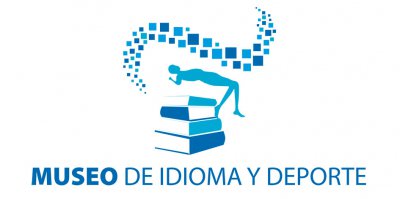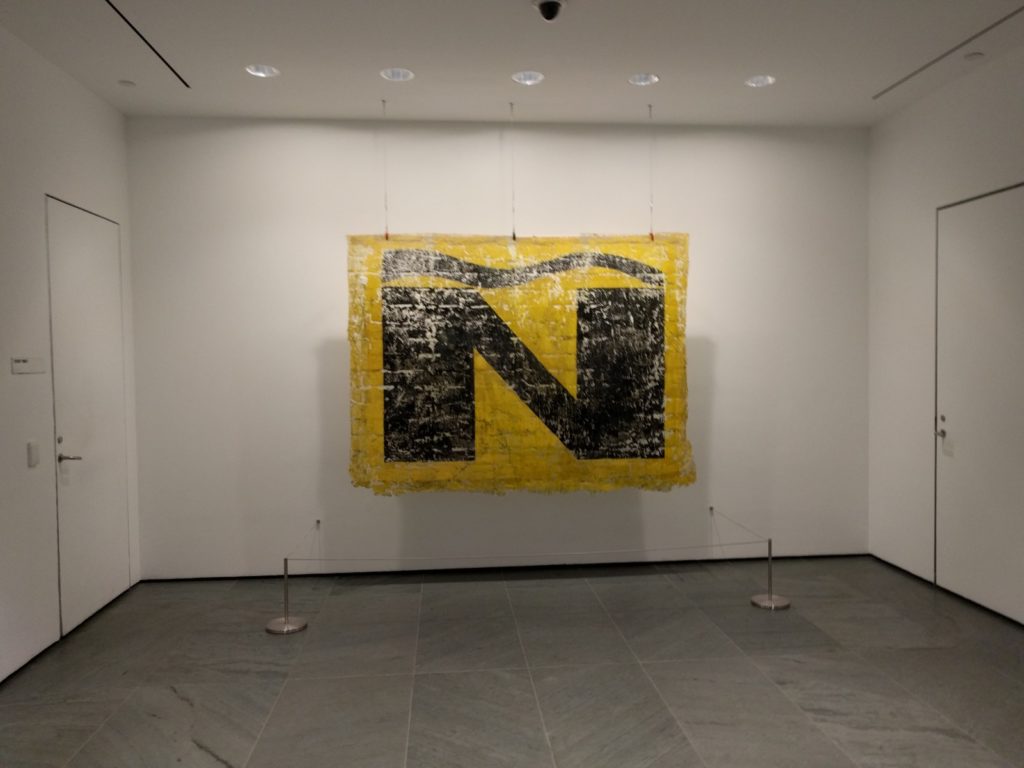This topic has nothing to do with linguistics, but “How do I type accent marks?” is such a frequent question that I figured it was worth a blog post. Also, I just revisited this topic when preparing a handout for my students.
For both Windows and Mac users I recommend a so-called “dead key” approach in which you press one key to set up an accent mark and a second key to actually type it. There are other techniques available for both platforms, but dead keys are the fastest.
On a Windows computer you first have to activate the “U.S. International keyboard” that is part of the Windows operating system, though most users are unaware of it. You only have to do this once. On a Windows 10 computer:
- Type “language” in the search bar at the bottom left of the screen.
- Click on “language settings” which should be the top item returned.
- Under “Preferred languages” click “English (United States).” Don’t be tempted to change the language to Spanish!
- You should now see “Options.” Click on this.
- On the Language options screen that comes up, click “Add a keyboard,” then scroll and select “United States-International.”
You will now be able to toggle between “ENG” and “ENG INTL” on the taskbar, just to the left of the time and date. (On an older computer the steps to activate the US International keyboard are slightly different, and you will toggle by clicking on a keyboard icon.) When in “ENG INTL” mode,
| To type | Do this |
| an accented vowel like é or ó | Press the apostrophe key (‘), then the desired vowel |
| ü as in pingüino or guëro | Use the shift key to type a double quote (“), then u |
| ¿ | Press the right-alt key (might be labeled “AlgGr”), then the slash (/), which shares a key with ? |
| ¡ | Press the right-alt key (might be labeled “AlgGr”), then 1, which shares a key with ! |
| ñ | Use the shift key to type a tilde ~ (to the left of the number 1), then type n |
| apostrophe or double quote | Type the punctuation mark, then hit the space bar to “release” it |
On a Mac, according to my Internet research rather than personal experience, to type:
- an accented vowel: press Option-e, then the vowel
- ñ: press option-n, then n
- ¿: press option-? (including shift key)
- ¡: press option-1
- ü: press option-u, then u








